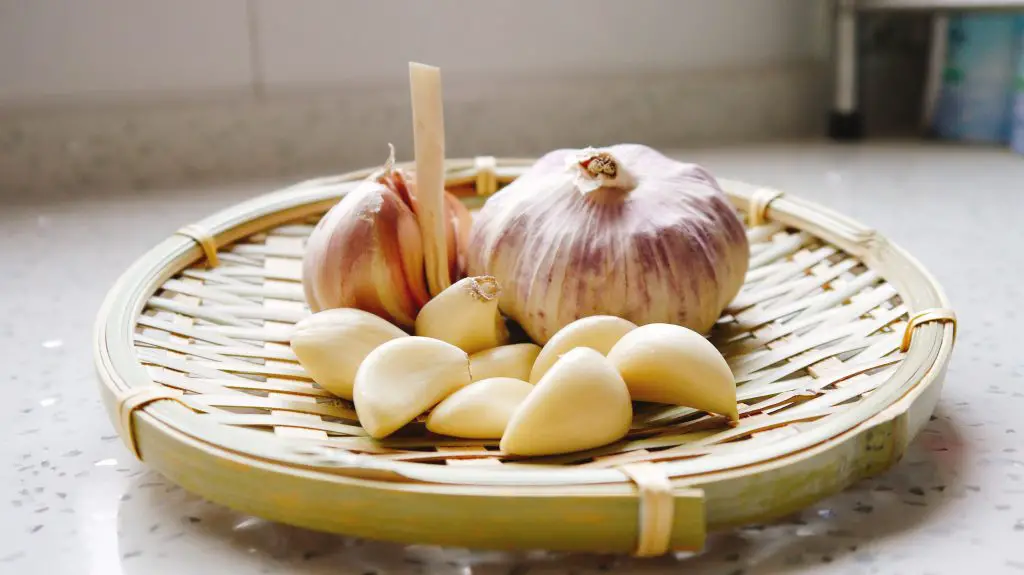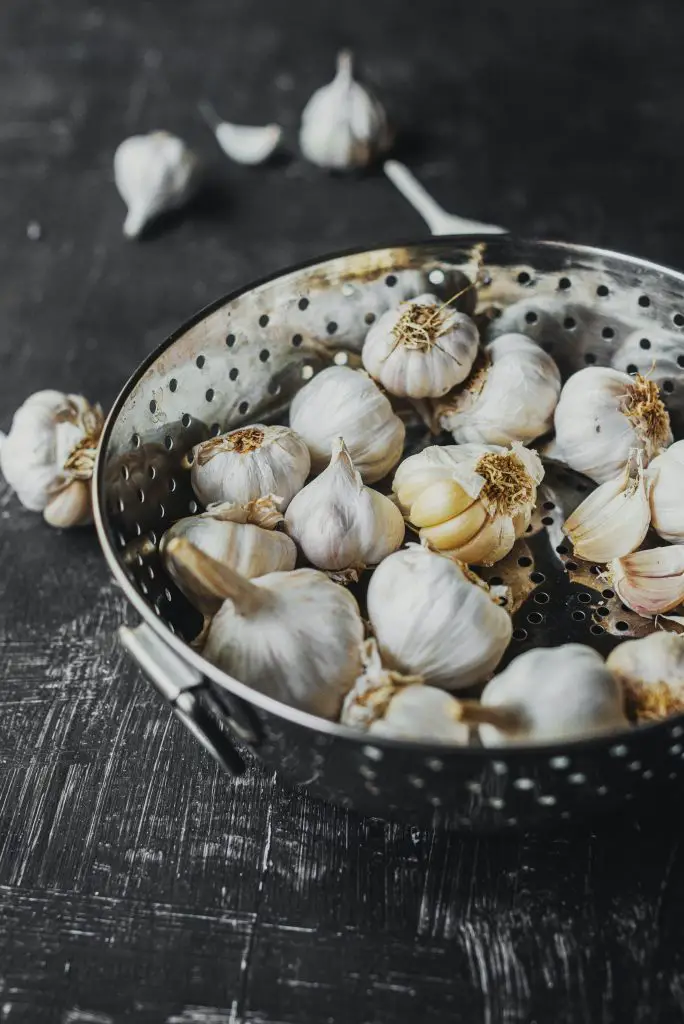Why Are My Garlic Bulbs So Small? How To Fix The Problem? Garlic is one of the easiest herbs to grow in the garden because it really only requires you to plant a clove into the ground in autumn. However, some gardeners find that they do not get very large bulbs when I come to harvest them in late spring. So what is the reason that causes the bulbs to be relatively small?
The reason that garlic bulbs produced in home gardens can be relatively small is because of the relative size of the clove planted in the first place and the timing of the planting during autumn. Additionally, other factors that can affect the size of the garlic to a lesser degree are the quality of the soil and its structure.
A 2021 study in Ethiopia demonstrated that there is a direct correlation between the size of the garlic clove that is planted initially and the size of the bulb produced. The data has demonstrated that the size and number of cloves in the resultant bulb is higher when the initial clove is larger. Additionally, it is also been shown that larger cloves also produce an earlier crop than smaller ones. Data from that study is provided in the table below for your reference.
| Size Of Initial Glove Planted | Days To maturity | Number Of Cloves Per Bulb | Average Weight Of Cloves | Average Total Weight Of Bulbs |
| 1.00 – 1.49g | 168.66 | 10.65 | 2.76 | 27.77 |
| 1.50 – 1.99g | 165.66 | 11.16 | 2.85 | 28.55 |
| 2.00 – 2.50g | 158.33 | 11.74 | 3.04 | 30.44 |
| 2.51 – 2.99 | 144.66 | 12.48 | 3.14 | 31.33 |
| 3.00 – 3.50 | 140.33 | 13.45 | 3.42 | 36.11 |
It is advisable when replanting your garlic bulbs for the following year to select only the largest bulbs for replanting. I personally put these bulbs aside first before taking any of the garlic as a crop to ensure that the quality of my garlic improves year on year which is something that I have observed consistently.
Additionally, when planting the garlic cloves from these bulbs in the spring it is advisable to split the bulbs into the cloves and only plant the largest cloves in the largest bulbs rather than planting every clove that you get out of the bulbs that you select. This selection process will over time give you an increasingly high-quality crop.
However, to ensure that you’re in a position to do this it is important to keep more garlic bulbs aside for planting than you think you need so that you can be highly selective about what you put into the ground.

How Does The Timing Of Planting Affect Yield?
The timing of when you plant garlic bulbs in the Autumn can be quite critical depending upon the region in which you live. For those people that live in a region where the ground freezes solid and you get extreme winter temperatures, the timing of the planting is quite critical.
The reason for this is that garlic bulbs can tolerate being planted in winter and having the foliage destroyed once, as a result of extreme weather conditions, however, if this occurs twice then the size of bulbs will be affected significantly.
The reason for this is that the cloves planted have a given amount of energy to produce foliage in the initial stages of growth to enable the plant to begin to photosynthesize. If foliage is created by the bulb and destroyed multiple times that energy is lost from the clove which will significantly affect the yield of the plant later on.
The recommended time to plant bulbs is approximately 2 to 3 weeks after the first frost of the season. This time is ideal because it is around the period in which the ground has not yet frozen solid making it easy to plant the bulb, however, not so early that the clove has time to produce foliage which is destroyed by the initial snowfalls, and then destroyed again by the arrival of the big freeze.
In climates that have more mild winters where the ground is not frozen solid the time of the planting is significantly more forgiving as long as you plant the clove somewhere in mid to late autumn you will get a reasonable harvest. The only point at which the yield of the clove will be affected by the timing of the planting in cases when it is planted in mid to late winter which does not allow sufficient time for the bulb to develop properly.

What Else Can Affect The Yield Of Garlic?
The other factor that can also affect the yield of the garlic is how compact the soil is. Extremely hard and compact soils will restrict the bulbs’ development through the growing season. If you have challenging soil it is best to use a fork to loosen the soil and then add additional compost which will help increase the friability of the soil.
If you have extreme issues with drainage it is also advisable to add some grit which will help reduce the level of water retention within the soil.
Additionally, if the bulbs are planted too close together it can also affect the size of the bulb that is produced as it has a similar effect to compacted soil in that it restricts the development of the bulb during the growing season. Ideally, the bulbs should be planted approximately 8 to 10 inches apart to ensure that there is plenty of space for them to develop.
I hope you found this article useful and have great success growing garlic at home if you have any additional comments or questions please leave them in the section below.
Relevant Articles
How Many Cloves In A Head Of Garlic?
Garlic Clove Vs Bulb: Are They The Same Thing?
Garlic Chives vs Chives: What is the Difference?
